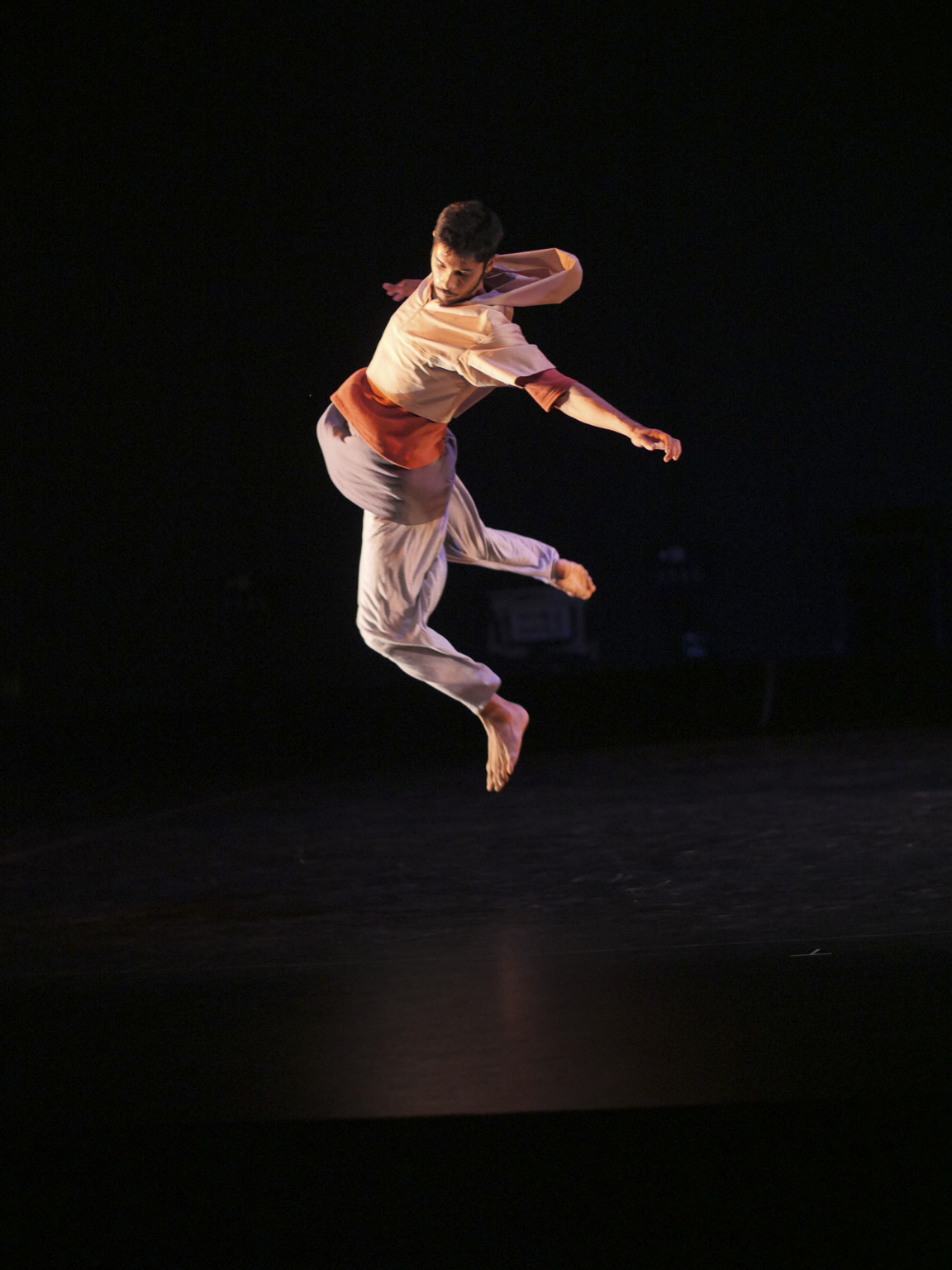Cal State Long Beach has made obtaining a dance minor easier than ever for students with loose feet and a passion for thrashing. Now at the Beach, students who want to declare a minor in dance can now do so after completing six units in the department.
With the revised declaration process, a dance minor can now be obtained by beginning and intermediate dance enthusiasts without the vigorous auditioning process called the Minor Technique Screening. The number of units needed to complete a dance minor has also been decreased from 24 to 20 units, according to the CSULB website.
If a dance minor is interested in auditioning for department concerts, they are still able to participate — however, the student must pass the MTS in February, which allows students minoring in the program to take major dance level technique classes, as well as participate in concerts.
CSULB is known as one of the top sought after dance universities, in part due to its proximity to the Los Angeles area and the resulting dance community and industry.
“There was no problem with lack of [enrolling competitive] dancers, but if students didn’t pass the audition, then we couldn’t have them as a dance minor,” said Andrew Vaca, department chair and professor of dance. “Now someone who is a natural dancer can enjoy life and do what they want to do.”
Vaca wanted to expand the program because of his dance history. He explains that it was high school competitive cheer out of Sacramento that gave him the discipline to pick up dance moves more quickly than other beginners.
During his undergrad at Sacramento State he realized that dance was his calling, and made it his career. He ended up working for a professional jazz dance company called “Jazzworks, Sacramento” and now wants to help other talented students experience dance life.
Vaca started to think about how he can change the minor by allowing others to participate. He came up with a plan so students no longer have to be affected by the rejection due to the vigorous audition process. Vaca’s prior-choice of studying chemistry in college changed when he found a love for the arts, and he wanted to create a way for students to have both.
“Could we change the minor to help passionate dancers?” asked Vaca. “The newly revised minor can allow students to participate at all levels, even from the ground up.”
Major level dance classes allow students to practice higher technique classes, especially in ballet. Training on advanced machines like the Pilates Operates is offered as a gift for cross training at a higher level. Most people pay 40 dollars or more per session to use these expensive machines in health centers. Eating properly is more emphasized by dance instructors. Hint: eat protein with veggies and fruit to save your energy and lay off the fatty fries.
“ A dancer’s body is an instrument, not to be rail thin, or overweight,” Vaca said.
The faculty is already adjusting the new minor-program by adding a few opportunities to learn dance theory. Vaca also believes this opportunity is good for the job market; one could add the finer skills learned through the dance experience on a job application.
“Students can tell people that they have strong time management skills, and I would encourage anyone to come speak with us if they want to minor in dance; it will be easier to start off right from enrollment,” Vaca said.
Through this program, Vaca said dancers learn how to take care of the body through technical training in various courses.
“It is a nice opportunity to have something like this offered to me because I can meet common interest people,” said business major Joey Lopez, who has been dancing ballet for seven years. “With my only concern is I’m more ‘balletic’ and I would want to be more selective about taking ballet.”
Lopez said he will consider looking into a dance minor because he meets the requirements to audition in February for the MTS, but ultimately he took classes for interpersonal fulfilment.
Seven units outside of ballet could take up too much extra time while he strives to meet his business major requirements.
The Undergraduate Advisor of Dance and Music Ashley Garcia said Ballet Technique 1 still requires a screening. It is important to see the strength of a dancer mainly due to some injury concerns. This would not get Lopez out of the screening if he was to pursue a minor in ballet; it would help him gain credit for taking lower level dance classes.
“Students can get injured and it is better to start the process from the beginning;
any student that wants to focus on dance now has the ability to pursue their passion through declaring a minor,” said Garcia. “Before it was too restrictive and you had to have the technical skill of a dance major.”
Garcia points out that the love for dance drives students to take extra classes. With the revised minor, students can collect them into something useful.




